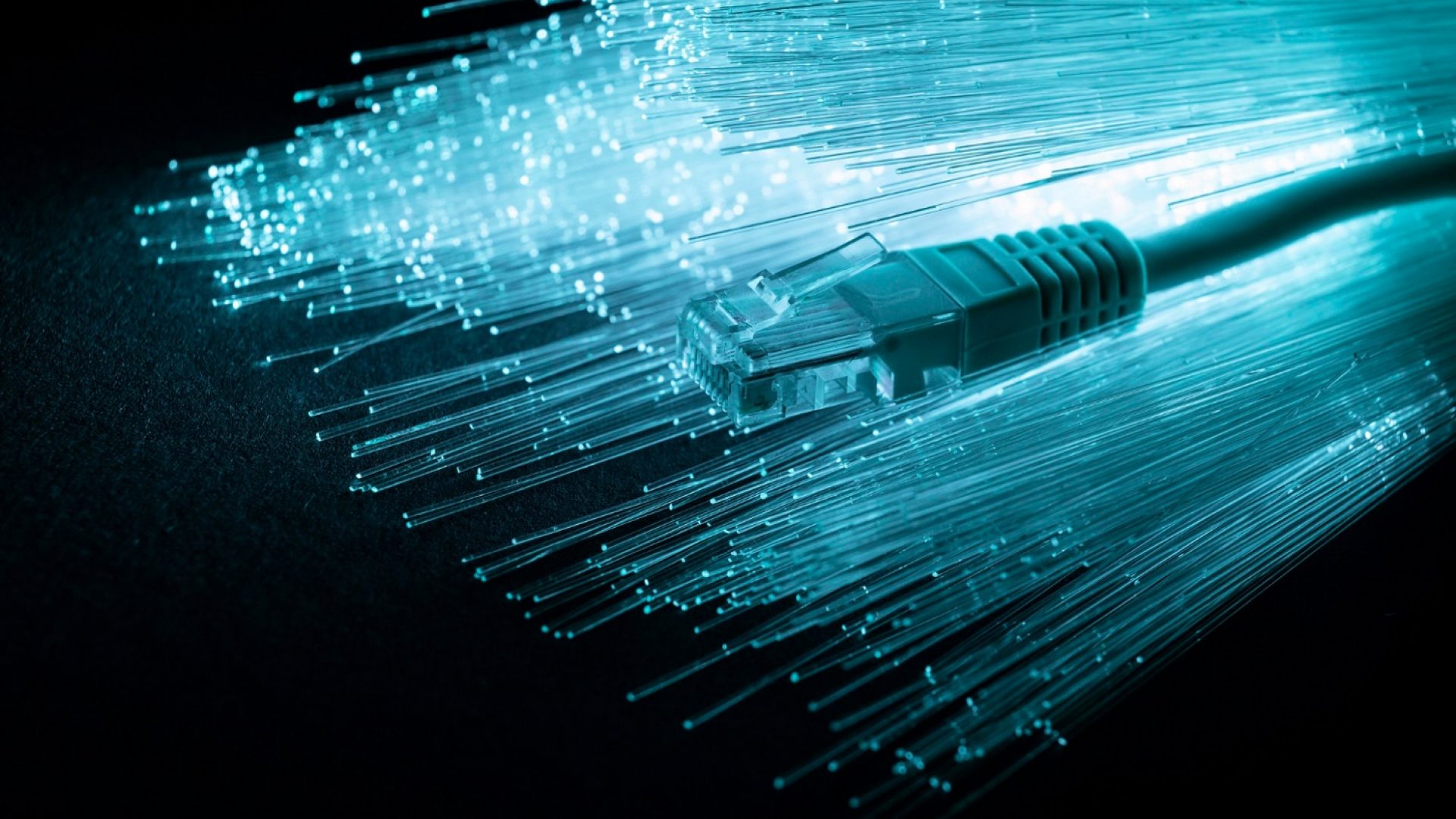Shielded Ethernet cables are a great way to protect your data from outside interference. You can save your data using a shield from electromagnetic and radio interference.
Shielded connections are required because high bandwidth applications are being utilized more often, and network systems are starting to use factory settings. The cable is used in areas with considerable electromagnetic interference (EMI) in this new installation sector.
Despite greater noise rejection and gigabit Ethernet handling capabilities, these cables will not perform well in areas with significant EMI if they are not sufficiently insulated.
A shielded cable will help to ensure secure and efficient data transport in these high EMI environments. You can also find in this article where to get data cable installation in Calgary.
STP and S/STP
These are the two most typical types of shielded Ethernet cables. While S/STP cables have an outer shield for each pair, STP cables have an all-encompassing generic shield. Shields on STP cables can be braids or foils, although some cables may combine an inner foil shield with an outer braid shield for greater durability.
STP and FTP
STP cables feature a braid, whereas TCP and STP FTP cables have a whole foil. In general, STP refers to all shielded wires. FTP cables are occasionally misunderstood when it is assumed to be unshielded or function differently.
The performance of STP and FTP cables is the same when employed. Therefore, they may be used interchangeably.
S/STP
The second cable type has individual shields for each pair and an overall external shield. This type of cable goes by the moniker S/STP.
There must be an inner barrier to stop internal cross-talk between the pairs. It might be challenging to confirm that the cables adhere to the requirements of the Alien CrossTalk parameter when using CAT6a and CAT7 systems.
However, for CAT6, CAT5e, and CATS systems, Alien CrossTalk is not required.
Furthermore, it has minimal impact on the cable’s overall resistance to external RF noise, such as that created by spikes brought on by the mains. The physical structure’s outside and inner shields are coated with foil. The wires might also be strengthened by a braid, making it simpler to connect them to the metal shields that cover the connections.
Proper Ground Connection
It’s crucial to remember that every shielded Ethernet cable needs to be grounded for its shields to function. If your cable has a poor ground connection, ground loop currents and the ensuing interference to the Ethernet signal can occur.
In the worst-case scenario, the shield may function as antennae, broadcasting high-frequency signals from the cable to the surrounding area when the grounding is inadequate. The positioning of the delicate electronics will be disturbed, allowing for the external detection of the Ethernet data.
What Does The Drain Wire From Shielded Cables Do?
On every shielded Ethernet cable, there should be a wire connecting the insulated wires to the shield. The drain wire is another name for this.
On one end, the shield is frequently fastened to a specific pin, which may even be the chassis. Because the connector shells are not connected in any way, connecting the drain wire to pin 1 causes the whole cable to be at that pin’s potential. The cable screening will continue to function even if there is no electricity.
Conclusion
Ethernet wires must be insulated since doing so increases their durability and resilience. When buying Ethernet cables, look for shielded versions to protect their longevity and safety. If you need more details, you can also consult with a company that provides data cabling in Calgary.
TP Communications has helped businesses use technology for more than 25 years. We use personalization to find the finest possible solution for each customer. Whether you require service, network hardware, cabling, training, or business phones, TP has you covered. Get a quote for network cabling in Calgary today!




